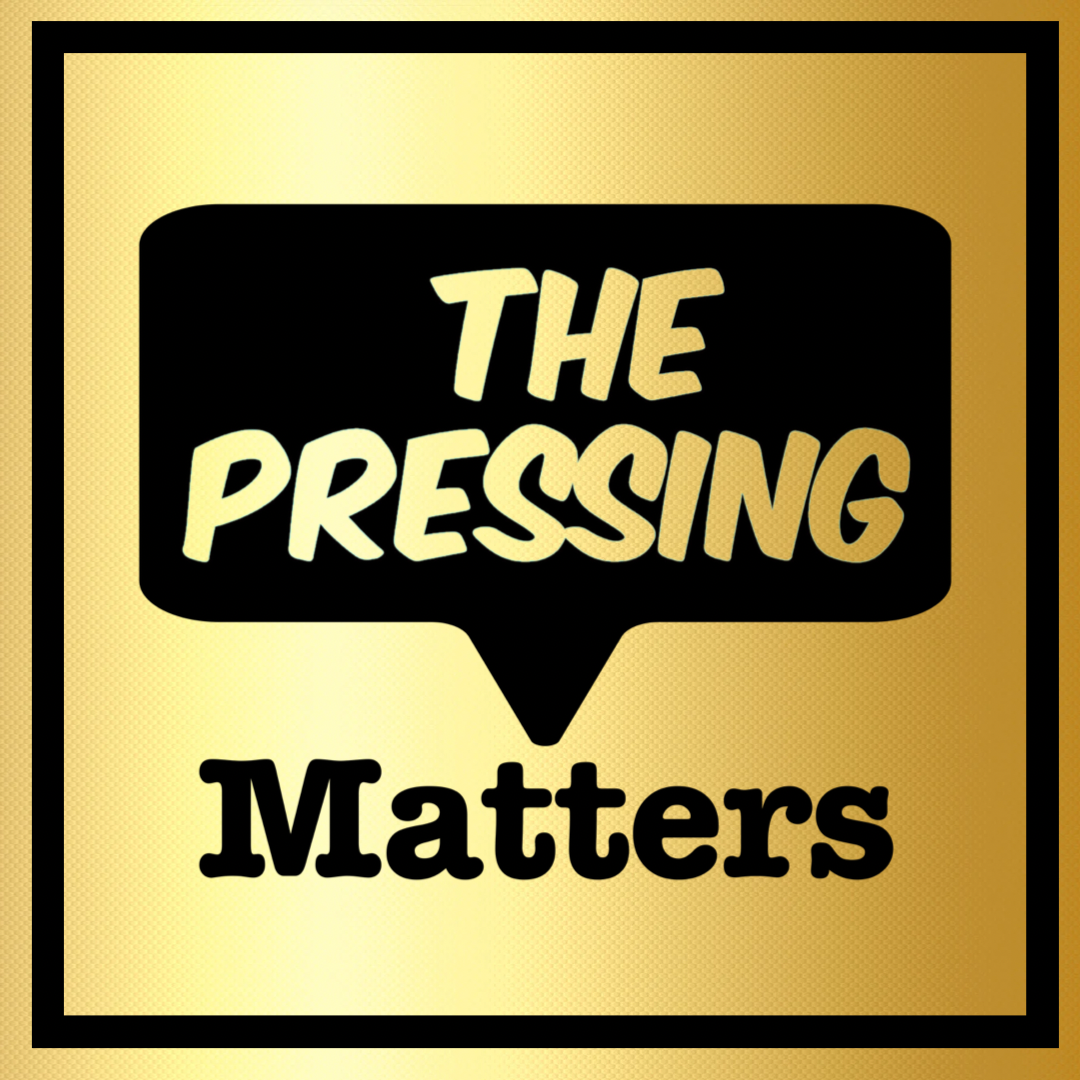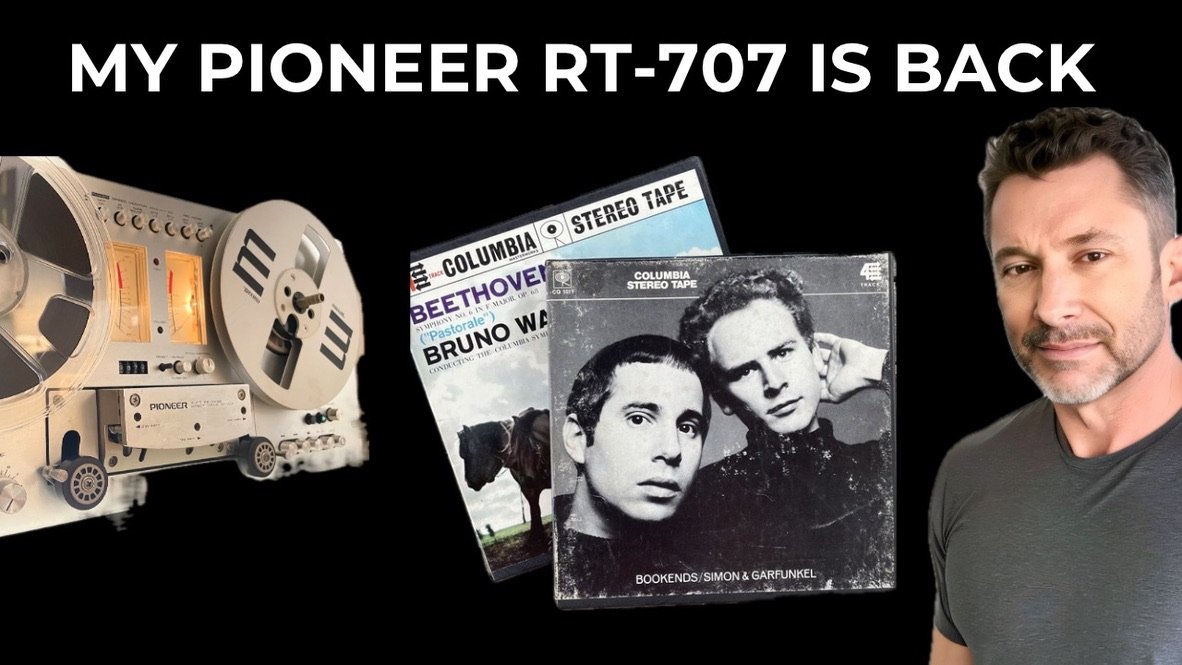The Pioneer RT-707 Reel To Reel Tape Deck - Tape To Disc Comparison
Tape vs. Vinyl: A Reel-to-Reel and Record Comparison
Today, I’m diving into a fascinating comparison between reel-to-reel tape and vinyl, specifically looking at two albums I’ve reviewed before on the channel. The two records in question are Bookends by Simon & Garfunkel and Beethoven’s Symphony No. 6 as conducted by Bruno Walter. Previously, I had done shootouts for these albums, comparing my original pressings to high-quality reissues: Mobile Fidelity’s version of Bookends and the Analog Productions 33 RPM of the Beethoven symphony.
A generous viewer, Michael, reached out after those videos and offered to send me reel-to-reel copies of both albums. I was thrilled but took my time with the comparison because I wanted to make sure my system was in top form before evaluating the tapes.
System Upgrades & the Return of the RT-707
For a while, I had been using a borrowed Revox A77 from my friend Oswaldo Martinez of Let There Be Sound. One day, while visiting, he noticed my Pioneer RT-707 sitting unused and asked why it wasn’t in my system. Frankly, I had neglected it, unsure of its working condition. Oswaldo took it to his friend Jeffrey, a reel-to-reel expert, who serviced and restored it.
When it returned, Oswaldo also included a special test tape he had created using his high-end VPI Avenger turntable and a My Sonic Lab cartridge. He asked me to listen and provide feedback, claiming I would be blown away. I played the tape and was stunned—it sounded like the best analog I had ever heard. Tracks like Fever by Peggy Lee, Lost and Looking by Sam Cooke, and The Sound of Silence by Geoff Castellucci were rendered with remarkable depth, warmth, and clarity.
The real shock came when I learned these recordings were not all-analog but had been transferred from digital sources. The experiment demonstrated that even digital music could benefit from the unique sonic qualities of tape. The sound had a richness and natural presence that exceeded my expectations.
Comparing Bookends: Tape vs. Vinyl
Moving on to the main event, I compared my original first pressing of Bookends to the reel-to-reel tape. Right away, the differences were clear.
Spatial Characteristics: The tape had a significantly more expansive soundstage. Instruments and voices extended beyond the speakers, creating an immersive experience. On Save the Life of My Child, the gospel choir vocals were spread across the room in a way the record simply couldn’t match.
Detail and Focus: The vinyl had a more incisive and focused sound, particularly with acoustic guitar strums and vocal clarity. However, the tape delivered a more natural and atmospheric presentation.
Preference: Both formats had their strengths—vinyl was more precise, while tape provided a grander, more enveloping sound.
Beethoven’s Symphony No. 6: Tape vs. Vinyl
Next, I compared reel-to-reel to my original and reissued pressings of Bruno Walter’s Pastoral Symphony.
Tape Hiss: The first thing I noticed was a high level of tape hiss, which was distracting at times. While I generally don’t mind a bit of hiss, this was excessive.
Climactic Sections: One issue I had previously noted with the records was that orchestral climaxes felt congested. The tape had improved separation, allowing instruments to breathe more naturally.
Overall Preference: Despite the better flow and separation of the tape, I still preferred the Analog Productions vinyl, which offered a more refined and detailed presentation with less background noise.
Final Thoughts
Reel-to-reel is a fascinating format that brings unique characteristics to the listening experience. While commercial-grade tapes from the ‘60s have limitations—such as tape hiss and high-speed duplication issues—their ability to create a massive soundstage and natural presence is undeniable. With my newly serviced Pioneer RT-707 back in action, I’m excited to explore more reel-to-reel tapes in my collection and compare them to their vinyl counterparts.


